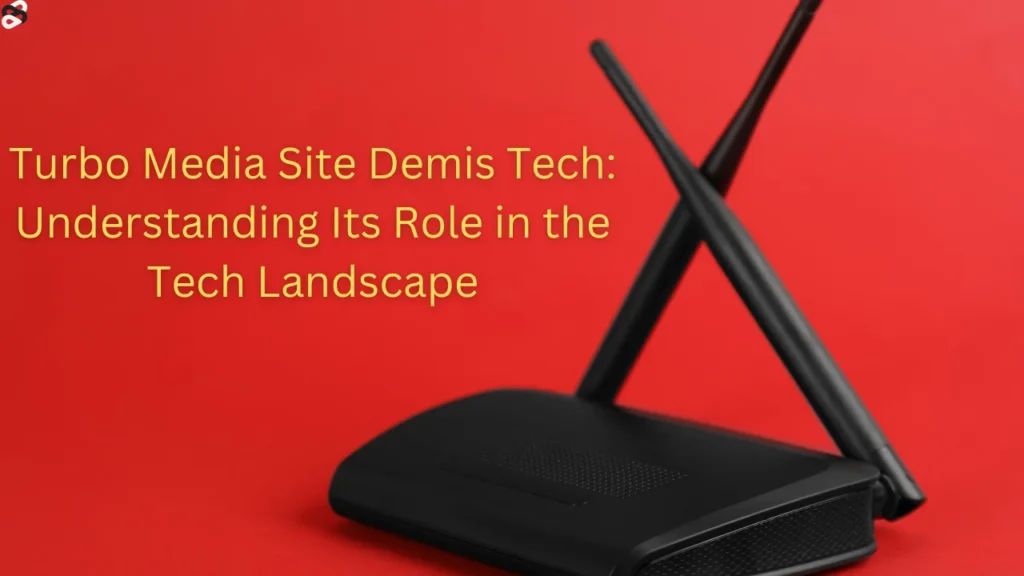KSB Tech has always highlighted the importance of advanced education, and one such path for engineering aspirants is the integrated m tech program. This course combines undergraduate and postgraduate studies into a single structure, saving time and creating a direct path to higher education. Many students today consider it as a smart choice for building a future in engineering and research.
What is Integrated M Tech?
The term integrated tech refers to a dual degree program that merges Bachelor of Technology (B.Tech) and Master of Technology (M.Tech). Instead of studying B.Tech for four years and then separately applying for M.Tech for two years, students complete both in just five years. The integrated course offers continuity, better planning, and early specialization in chosen fields.
This approach eliminates the stress of re-admission and allows students to enter the job market with a master’s degree earlier. The program is now available in many Indian universities across disciplines like Computer Science, Electronics, Biotechnology, and Artificial Intelligence.
Structure of the Program
The structure of an integrated tech course blends foundation learning with advanced subjects. Students spend the first half learning basics and the latter half focusing on specialization and research.
Here is a general outline of how the program flows:
| Year | Focus Area | Example Subjects |
|---|---|---|
| 1–2 | Foundation | Mathematics, Physics, Chemistry, Basic Programming |
| 3–4 | Core Specialization | Algorithms, Networks, Databases, Control Systems |
| 5 | Advanced Learning | Research, Thesis, Industry Internship, Projects |
The integrated system gives students a chance to work on long projects, making them industry-ready by the end.
Admission and Eligibility
Admission into integrated tech programs usually happens right after high school. Students must complete 10+2 with subjects like Physics, Chemistry, and Mathematics. Most institutes ask for a minimum of 65–70 percent marks in these subjects.
Entry can be through national exams such as JEE or through institute-specific tests. Some universities also allow lateral entry for diploma holders, but such cases are less common. Once admitted, students follow a continuous curriculum without the need for re-applications.
Benefits of Choosing Integrated Tech
An integrated tech program has many advantages that make it attractive to ambitious students.
First, it saves one year of study compared to doing B.Tech and M.Tech separately. Second, students focus on advanced subjects earlier, helping them prepare for research or industry roles. Third, the program gives a competitive edge in job markets where a master’s degree is often a preferred qualification.
Students also save time and energy since they don’t need to go through multiple admission processes. Financially, the integrated path can also be cheaper compared to pursuing both degrees separately.
Challenges of the Program
Although integrated tech has many positives, it also comes with challenges. The five-year structure demands consistency and commitment from the student. Once enrolled, switching streams or leaving mid-way is difficult.
Some employers may not see a big difference between integrated tech and the traditional path of B.Tech + M.Tech, so placement depends heavily on individual performance, internships, and projects. Financial planning is also important, as students must commit to five years of continuous study.
Popular Specializations
Students can choose different specializations based on their interest. Some of the popular ones are:
- Computer Science and Engineering
- Artificial Intelligence and Data Science
- Cybersecurity and Information Systems
- Mechanical and Civil Engineering
- Biotechnology and Bioinformatics
Specialization choices depend on the institute and its facilities. Many universities are also adding modern options such as robotics, machine learning, and renewable energy.
Integrated Tech vs Separate B.Tech + M.Tech
A key question is whether to choose integrated tech or study B.Tech and M.Tech separately. The comparison helps students decide better.
| Factor | Integrated Tech | Separate B.Tech + M.Tech |
|---|---|---|
| Duration | 5 years | 6 years |
| Admission | One-time, after 10+2 | B.Tech first, then M.Tech separately |
| Flexibility | Less flexible | More flexible, can switch fields |
| Cost | Usually lower | Higher overall |
| Research Focus | Starts early | Starts later |
| Career Entry | Faster | Slower by 1 year |
The choice depends on the student’s clarity of goals. If certain about staying in engineering, integrated tech is better. If unsure, B.Tech first gives more flexibility.
Integrated Tech and International Opportunities
One growing advantage of integrated tech is access to international opportunities. Many universities abroad accept graduates from these programs directly into PhD or advanced research positions. Because the course includes a master’s degree, students have a stronger profile when applying to global institutions. This opens doors to scholarships, international collaborations, and work opportunities in advanced tech hubs worldwide.
Role of Integrated M Tech in Emerging Technologies

The world of engineering is rapidly shifting toward AI, robotics, and renewable energy. An integrated tech equips students with the ability to handle these emerging technologies. Instead of learning basics alone, students start dealing with high-end concepts by the third or fourth year. This early exposure makes them adaptable to industries where innovation is the key to success.
Scholarships and Financial Aid for Integrated Tech
Finances play a major role in choosing a long program. Thankfully, many institutions offer scholarships and fellowships for integrated tech students. Government bodies, private companies, and alumni foundations also provide financial aid. Since the program saves a year compared to the traditional route, students also reduce total educational costs, making it an affordable long-term investment.
Industry Partnerships and Placements in Integrated Tech
One unique aspect of integrated tech programs is strong industry collaboration. Many universities design their curriculum in partnership with global companies. Students often take part in internships, workshops, and live projects with these firms. By the end of the program, the placement opportunities are stronger since graduates are already familiar with industry practices, technologies, and real-world challenges.
Career Scope After Integrated Tech
The completion of integrated tech opens up a wide range of career options. Graduates can work in research, industry, or academia. Some move into roles like software engineer, AI specialist, systems architect, data scientist, or mechanical designer.
Others choose to pursue a PhD since the integrated course already builds a research foundation. Teaching careers in engineering colleges are also available. The early master’s qualification can also help in overseas education, where graduate degrees are often required.
Internships and projects completed during the program play a big role in securing good placements. Employers value practical experience along with academic knowledge.
Opportunities and Trends
One interesting aspect of modern education is how integrated programs evolve. Some institutes now allow exit options, where students can leave with a B.Tech degree if they decide not to continue to M.Tech. Others are creating industry-specific programs in areas like AI, cloud computing, and sustainable energy.
During the course, students may also engage in personal activities, like tracking market movements. Just like a student might check the Ceinsys Tech Ltd Share Price in between classes, balancing academic life with personal growth is part of the journey.
Future programs are expected to blend online learning, internships, and international collaborations, making integrated m tech even more appealing.
Tips for Success in Integrated Tech
To succeed in integrated tech, students must remain consistent. Good time management helps balance lectures, labs, and projects. Choosing electives wisely can guide a student’s career path toward their desired specialization.
Internships should be taken seriously, as they often lead to job offers. Building projects, publishing research papers, and participating in hackathons add value to the resume. Networking with professors, seniors, and industry experts can also help in long-term career growth.
What’s Coming Next in Integrated Tech in India
The future of integrated tech looks bright. With industries demanding advanced skills, graduates who hold a master’s degree are better positioned. Government policies also encourage higher education, research, and innovation.
Colleges are improving labs, offering global exposure, and building stronger connections with industries. Students who choose this path today will be ready for tomorrow’s competitive world. Integrated programs may also expand into new interdisciplinary fields such as quantum computing and green technology.
Conclusion
The integrated m tech program is a smart and efficient way to achieve higher education in engineering. It saves time, provides continuity, and helps students gain advanced knowledge earlier. While it requires commitment and planning, the rewards are significant for those who want to build a career in research, industry, or academia.
By comparing benefits, challenges, and career options, students can decide if this program fits their goals. With the right focus and dedication, an integrated tech graduate can build a successful and meaningful career in the ever-changing world of technology.



